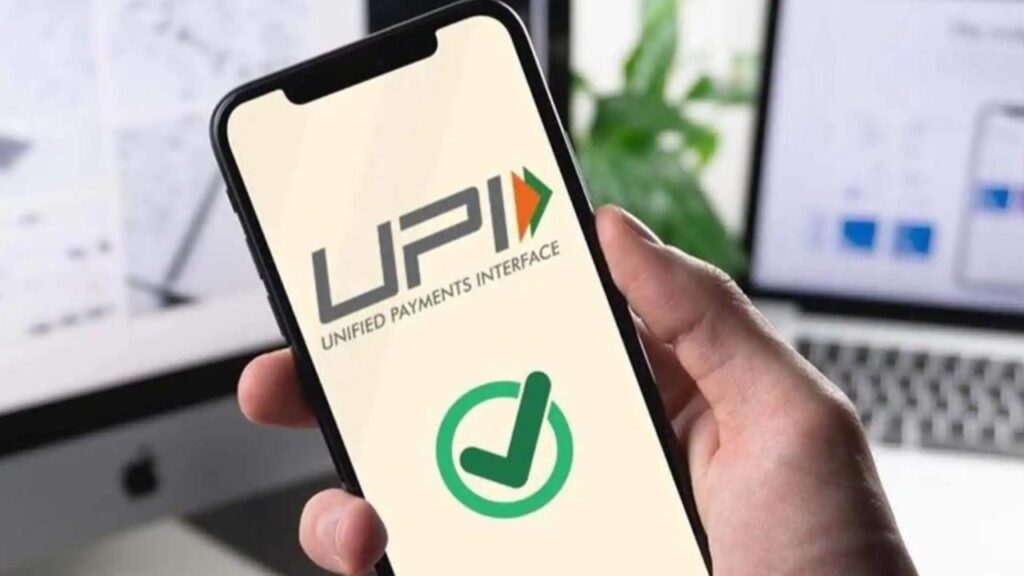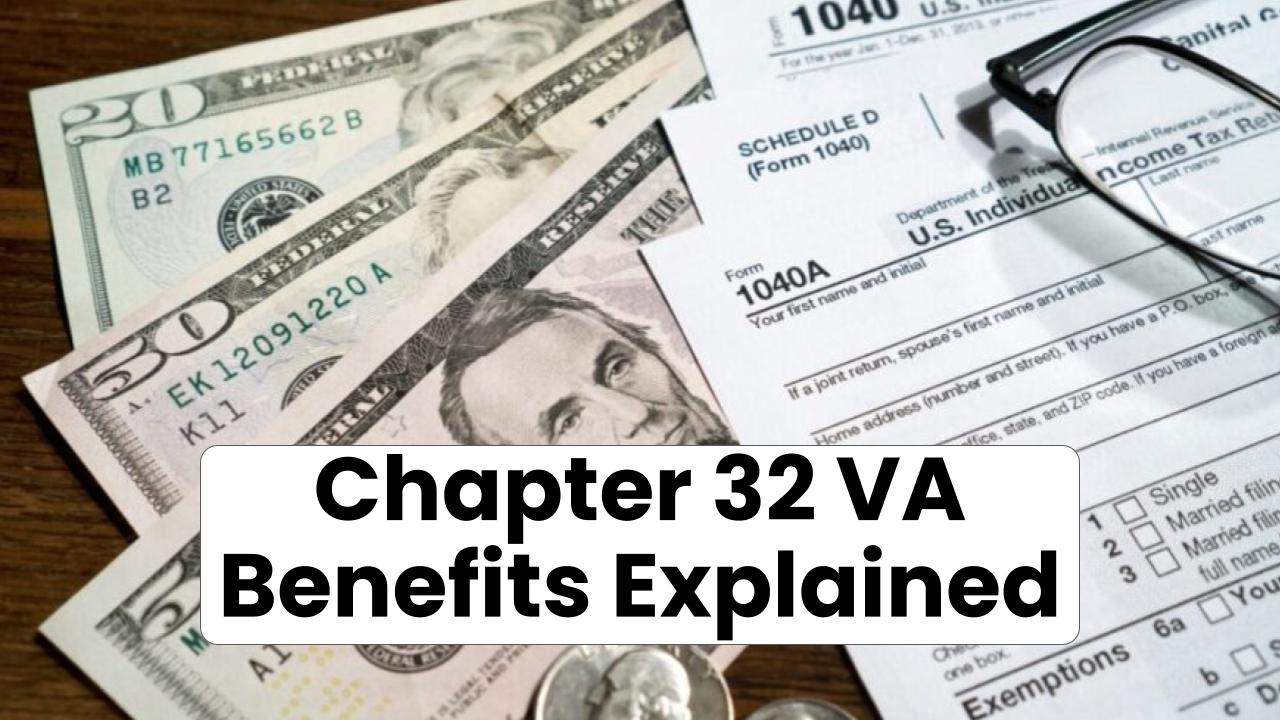In recent news, the National Payments Corporation of India (NPCI) has announced significant changes to the Unified Payments Interface (UPI) chargeback rules. As of July 15, 2025, these changes aim to make the chargeback process for UPI transactions faster, more efficient, and user-friendly. For those who aren’t familiar, a chargeback is when a payment is reversed, often due to disputes, fraud, or failed transactions. With millions of people across India using UPI for payments, the update is an essential development for both everyday users and professionals in the payments space.

If you’ve ever had a problem with a UPI transaction and faced delays in getting a refund, you’ll definitely want to know about these new rules. Not only will they streamline the chargeback process, but they will also make refunds quicker and more transparent.
UPI Chargeback Rules Changed
| Key Points | Details |
|---|---|
| New Chargeback Rules | NPCI has simplified the chargeback process to increase efficiency. |
| Faster Refunds | Users can expect quicker resolutions for valid disputes. |
| Decentralized Dispute Resolution | Banks can now handle chargebacks independently. |
| Chargeback Limits | Limits set on the number of chargebacks per customer per month. |
| User Responsibility | Misuse of chargeback rules can lead to penalties. |
With these new changes to UPI chargeback rules, the payment system in India is set to become even more efficient and user-friendly. Whether you’re a regular UPI user or someone managing transactions for a business, understanding these updates will help ensure smoother, faster, and more secure payment experiences. From quicker refunds to clearer guidelines, these changes are aimed at making UPI a more reliable tool for digital payments. So, keep this guide handy, and stay ahead of the curve in the ever-evolving world of digital payments!
The Basics: What is a UPI Chargeback?
Before diving into the new rules, let’s get the basics straight. A chargeback is essentially a reversal of a payment. For example, if you make a payment to a vendor or shop via UPI and the transaction fails or you are charged for a product that wasn’t delivered, you can request a chargeback. It essentially acts as a consumer protection tool that helps safeguard users against fraud or mistakes.
However, the chargeback process can sometimes be slow, and in some cases, it’s not always clear what users need to do. That’s why these new changes from NPCI are so significant – they streamline the process, making it faster and more transparent.
Why Did NPCI Change the Rules?
So, why the change? The main aim of these new rules is to create a more efficient chargeback process. As more people use UPI for their daily transactions, the number of chargeback requests has increased. Previously, the process could be long and tedious, with users waiting for a long time to get their money back. This caused a lot of frustration for both consumers and financial institutions.
By decentralizing the process and giving banks more autonomy to handle chargebacks, NPCI hopes to:
- Speed up the resolution time for genuine disputes.
- Make the chargeback system more transparent for all parties involved.
- Provide users with faster refunds, improving their overall experience.
What Are the Key Changes to UPI Chargeback Rules?
Let’s take a closer look at the specific changes NPCI has introduced to the UPI chargeback system:
1. Direct Reprocessing of Chargebacks
One of the major changes is that banks no longer need NPCI’s approval to reprocess chargeback requests for transactions that have failed or were rejected earlier. Previously, if a chargeback request exceeded certain thresholds (CD1 or CD2), it had to be reviewed and approved by NPCI before being processed again. Under the new rules, banks can directly raise a Remitting Bank Raising Good Faith Negative Chargeback (RGNB), which simplifies the process.
2. More Autonomy for Banks and TPAPs
Banks and Third-Party Application Providers (TPAPs) now have more power to handle chargebacks independently. Previously, these parties would need to seek approval from NPCI for certain chargeback cases, causing delays. With more control in their hands, banks and TPAPs can now resolve disputes faster and more efficiently.
3. Increased Transparency
The new rules also make the process more transparent. Banks and payment apps are now expected to provide clear reasons for rejecting chargebacks and will be required to issue detailed statements to customers explaining why their dispute was accepted or denied.
4. Faster Refunds for Users
Another benefit of the new system is that users can expect faster refunds. For example, if you make a payment that doesn’t go through or you face issues with a purchase, the chargeback request will be processed more quickly, resulting in a speedier return of your money.
5. Chargeback Limits
To prevent misuse of the chargeback system, NPCI has set specific limits. A customer is allowed a maximum of 10 chargebacks within a 30-day period. Furthermore, a customer cannot have more than 5 chargebacks with the same payer-payee combination within the same time frame. These measures help ensure the system isn’t abused while maintaining fairness for all users.
6. Improved Fraud Prevention
The revised rules also emphasize fraud prevention. By streamlining the dispute process, NPCI hopes to reduce instances of fraudulent chargebacks, where customers initiate chargebacks without a valid reason. This keeps the UPI ecosystem more secure for everyone involved.
How Will These Changes Affect You?
So, how do these changes impact your day-to-day UPI transactions? Here’s what you need to know:
1. Faster Transaction Resolutions
You’ll notice that if something goes wrong with a UPI payment – for instance, if you accidentally paid for the wrong service or were charged incorrectly – you’ll see faster resolutions. Instead of waiting days or weeks for your money back, the new rules ensure that chargebacks are processed more quickly.
2. Clearer Guidelines for Users
The new rules also make it easier for users to understand the chargeback process. Banks and payment platforms are now required to be more transparent with customers, explaining why chargeback requests were accepted or rejected. This should help reduce confusion and ensure that all users are on the same page.
3. Less Risk of Fraud
The chargeback limits and stricter fraud controls help ensure that the system isn’t abused. As a result, both customers and businesses can feel more confident that the chargeback process is fair and secure.
FAQs
1. What is a UPI chargeback?
A UPI chargeback is a process that allows users to dispute a payment if the transaction failed, was incorrect, or if they were a victim of fraud. It results in the payment being reversed and refunded to the user.
2. How long does a chargeback take under the new rules?
The new system is designed to speed up the chargeback process. While the exact time may vary depending on the bank or payment platform, users can expect faster resolutions than before.
3. Can I request a chargeback for any UPI transaction?
Chargebacks are typically requested for transactions that were incorrect, failed, or were made due to fraud. Simply not liking a product or service won’t be a valid reason for a chargeback.
4. What happens if I abuse the chargeback system?
If you misuse the chargeback system by making false or fraudulent claims, you could face penalties or restrictions. Be sure to only use chargebacks for legitimate reasons.








